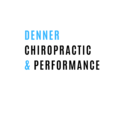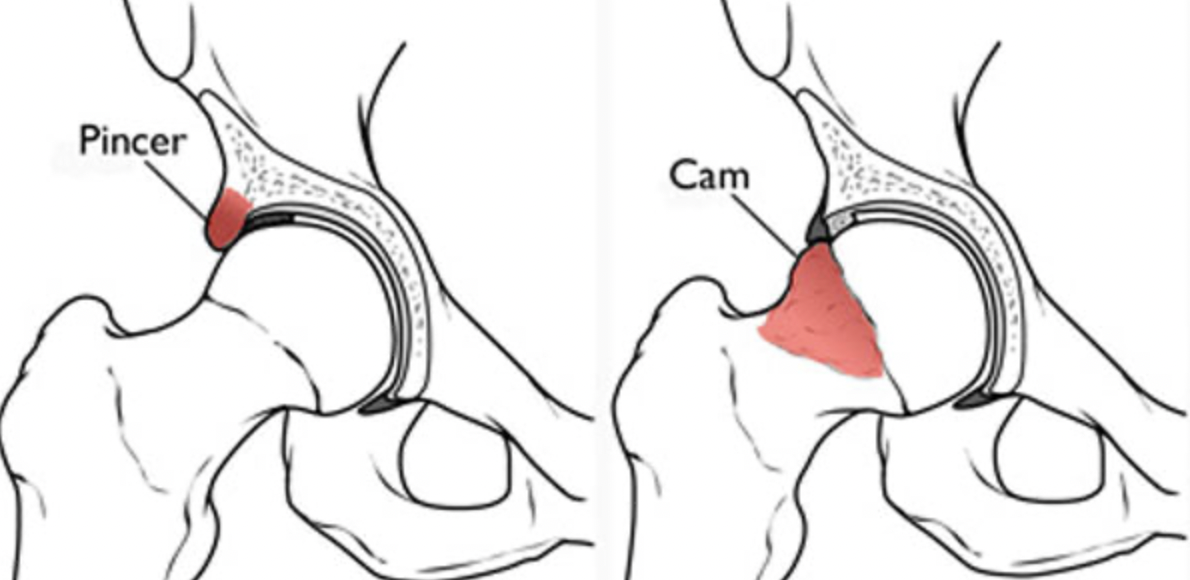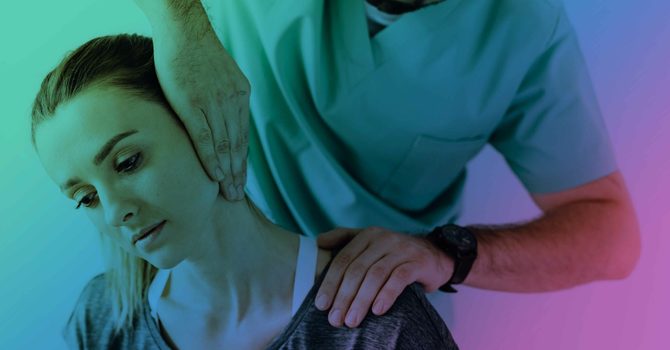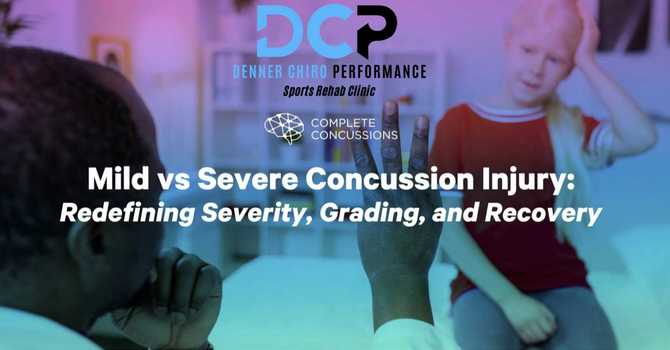|
Most Common Symptoms of Hip Impingement Syndrome include
- Pain in internal rotation and flexion
- Pain when end range of hip motion
- Feeling a bony block when moving hip
- Pinching sensation deep in the hip joint
- Clicking, popping, or snapping
- Decrease range of motion
- Pain is worse after activity
Common Questions and Answers about CAM vs. Pincer Lesions and Hip Impingement:
1. What is hip impingement, or femoroacetabular impingement (FAI)?
- Hip impingement, or FAI, is a condition characterized by the development of excess bone growth either on the femur (thigh bone) or the acetabulum (hip joint socket), resulting from persistent stress on the hip structure.
2. What are the two primary types of FAI?
- There are two main types of FAI: CAM lesions, involving excess bone on the femur, and PINCER lesions, involving excess bone on the acetabulum.
3. What symptoms can CAM and PINCER lesions contribute to?
- Both CAM and PINCER lesions can lead to various symptoms, including:
- Audible clicking or popping sensations in the hip during movement.
- Hip pain during flexion and internal rotation.
- Increased discomfort after prolonged physical activity.
- Greater stiffness and a reduced range of motion in the hip joint.
4. How can co-activation of hip muscles affect hip pain?
- Suboptimal biomechanics and improper co-activation of hip muscles can contribute to hip impingement by increasing muscle tone and tension, which places undue stress on the hip structures, leading to the development of excess bone.
5. How can I improve my hip pain symptoms?
- You can significantly reduce pain and enhance your range of motion by addressing the co-activation of muscles around the hip joint. Proper neuromuscular stabilization techniques, like Dynamic Neuromuscular Stabilization (DNS), can help restore optimal biomechanics and alleviate tension in hip muscles.
6. Why is excessive bone growth a concern in hip pain?
- Excessive bone growth can decrease hip joint mobility, leading to a pinching sensation, reduced range of motion, and discomfort during movement.
7. How does Dynamic Neuromuscular Stabilization (DNS) help with hip Pain?
- DNS is a powerful rehabilitation technique that focuses on harmonizing muscle activation in the hip joint area. It helps cultivate precise motor patterns, reduce muscle tension, and improve biomechanical functionality, ultimately alleviating stress on passive hip structures.
8. Are there specific exercises to address hip pain using DNS?
- Yes, there are DNS exercises designed to help alleviate hip impingement symptoms. These exercises aim to improve internal rotation, reduce pain during hip motion, and restore the range of motion in the hip joint.
9. What are the most common symptoms of Hip Pain?
- The most common symptoms of Hip Impingement Syndrome include pain during internal rotation and flexion, a sensation of a bony block when moving the hip, pinching sensations deep in the hip joint, clicking, popping, or snapping sounds, and decreased range of motion. Pain tends to worsen after physical activity.
10. What doctor should I see for hip pain?
- Posterior hip pain is frequently identified as a common referral site for low back pain. Findings from the EXPOSS Study (Extremity Pain of Spinal Source) underscore that 75% of patients attributing pain to their posterior hip are, in fact, experiencing it as a result of issues in their lower back. After eliminating low back issues as the cause, a Rehabilitation Chiropractor, with specialized training in hip conditions and expertise in manual therapy, rehabilitation, and joint manipulation, can offer comprehensive treatment options.
11. Where can I find additional information and exercises for Hip Pain?
- You can book a Free Discover Call with Dr. Denner and discuss any questions you may still have. For more information visit our main page or find the link to book in the resource library
Denner Chiropractic & Performance | Charlotte, North Carolina
At Denner Chiropractic & Performance located in Charlotte, North Carolina our rehab chiropractic care incorporates rehabilitation, joint manipulation, soft tissue, and dry needling to help you achieve pain-free movement in life and sport. We are more than happy to discuss any concerns or questions you have about your condition or how we can help. Located on our main page or in our resource library tab is a sign-up for a free Discovery Call. During this time we will get to know you and your pain points. Let’s see if we are the right provider for you, schedule your Discovery Call today!
|









